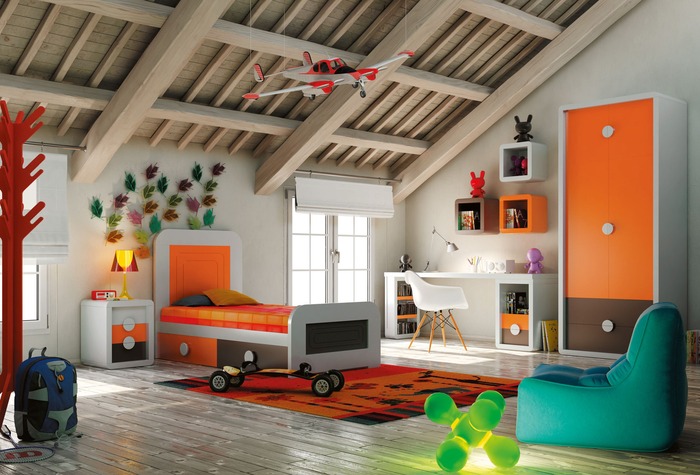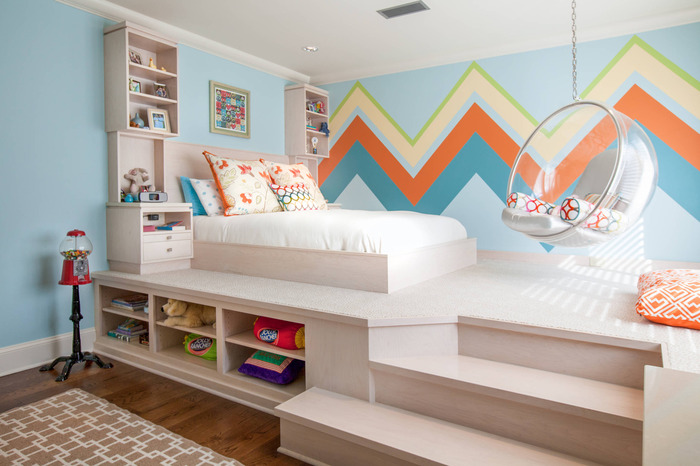Designing a child’s room is not just about creating a space where they can sleep comfortably; it’s about crafting an environment that stimulates their imagination, ensures their safety, and reflects their personality. Here’s how you can achieve a room that’s both safe and stylish:
1. Safety First
Always prioritize safety by choosing non-toxic materials, securing furniture to walls, and ensuring window guards are in place. Rounded corners on furniture can prevent injuries, and sufficient lighting is key for both safety and ambiance.
2. Functionality Meets Fun
Opt for furniture that’s both functional and fun. Storage solutions like shelves, bins, and closets keep the room organized while also adding to the decor. Incorporate playful elements that children love, such as loft beds or themed furniture, but ensure they meet safety standards.
3. Comfortable and Cozy
Invest in a good quality mattress and bedding that are comfortable, hypoallergenic, and easy to clean. A cozy reading nook or a soft rug can make the room inviting and warm, promoting relaxation and sleep.
If bunk beds are the most practical solution for your kids’ room, consider the bunk bed dimensions carefully to ensure they fit comfortably in the space and meet all safety standards. The right dimensions will maximize space, provide ample room for play, and ensure a good night’s sleep.
4. Stimulating Decor
Choose colors and decorations that stimulate creativity and happiness. Wall decals, colorful curtains, and imaginative lighting can transform the room into a fun, creative space. Ensure the decor is age-appropriate and something your child loves.
Understanding your child’s activity levels is crucial in creating a space that suits their energy. If you have an active child, consider incorporating elements that will help them expend energy positively and creatively, like a climbing wall, a swing, or even a designated play area that encourages movement.
5. Personal Touches
Personalize the space with your child’s artwork, photos, or favorite characters. This not only makes the room feel special to them but also encourages their sense of identity and creativity.
6. Flexible Design
Children grow quickly, so choose furniture and decor that can evolve with their changing needs and tastes. Modular furniture or adaptable design elements can save time and money in the long run.
7. Safe Play Area
Designate a play area where your child can explore and play safely. Ensure there’s enough room for movement and that the play area is free from sharp edges or hard surfaces.
8. Lighting Matters
Proper lighting is crucial. Combine ambient, task, and accent lighting to create a versatile and safe environment. Nightlights can provide comfort if your child is afraid of the dark.
9. Engage Your Child in the Design Process
Involving your child in designing their room can be a fun and empowering experience. Their input can provide valuable insights into what they love and how they want to use their space.
Crafting a Haven for Growth and Dreams
Creating a safe and stylish children’s room is about balancing aesthetics with functionality, ensuring the space grows with your child, and providing a comfortable area where they can rest, play, and dream.
By incorporating these top tips, you’ll craft not just a room, but a haven that nurtures your child’s development, creativity, and well-being—a place where they can feel secure, inspired, and truly at home.


